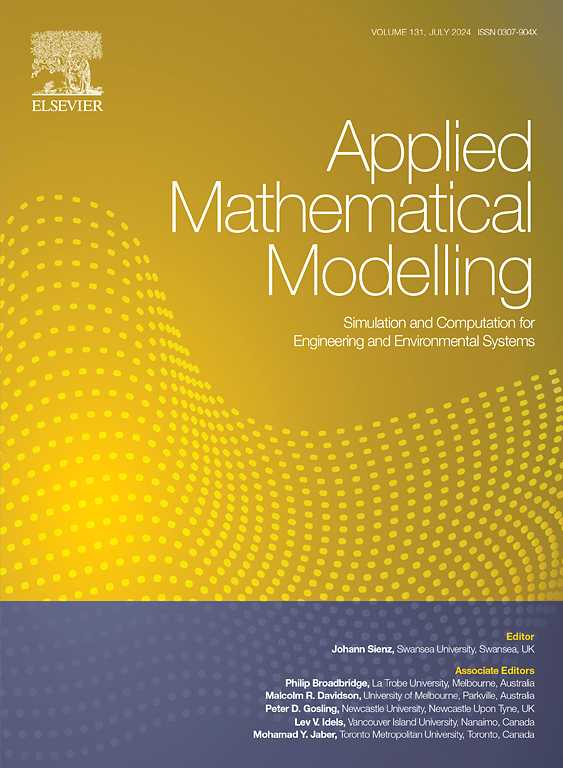A generalized mathematical model predicting the mechanical response of tunnel yielding supports in extremely large deformation environments
IF 4.4
2区 工程技术
Q1 ENGINEERING, MULTIDISCIPLINARY
引用次数: 0
Abstract
“Radial–circumferential” combined yielding supports can tolerate extremely large deformations of the surrounding rock without being damaged. However, to date, the coordinated deformation mechanism of combined yielding supports remains unclear, and a well-established design model is still unavailable. This study analyzed the mechanical responses of tunnels with combined yielding supports using a mathematical analytical method. First, the mechanical characteristics of the compressible layer and primary lining with highly deformable elements were introduced, and their deformation processes were divided into three stages in the analytical model. Second, the deformation modes of the combined yielding supports were proposed, and their mechanical responses were classified into three cases. A mechanical model of the interaction between the surrounding rock and combined yielding supports was established. In the proposed analytical model, the rock geomaterial exhibited viscoelastic behaviour, and the effects of tunnel face advancement and support installation delay were considered. An analytical solution corresponding to each deformation mode of the combined yielding supports was provided to predict the rock displacement and interface contact stresses. Furthermore, numerical modelling was conducted for comparison with the analytically predicted results, indicating the reliability and feasibility of the proposed analytical model. Finally, a quick and convenient parametric investigation was performed to determine the sensitivity of the model output results to three design parameters: the yielding lengths of both the compressible layer and primary lining, and the yielding stress of the compressible layer. The analysis revealed that within a certain range, the tunnel displacement and interface contact stresses were highly sensitive to these three parameters. Below or beyond this range, changes in these parameters did not significantly affect the output results of the model. Based on the results of the parametric analysis, several design insights into the combined yielding supports were obtained.
求助全文
约1分钟内获得全文
求助全文
来源期刊

Applied Mathematical Modelling
数学-工程:综合
CiteScore
9.80
自引率
8.00%
发文量
508
审稿时长
43 days
期刊介绍:
Applied Mathematical Modelling focuses on research related to the mathematical modelling of engineering and environmental processes, manufacturing, and industrial systems. A significant emerging area of research activity involves multiphysics processes, and contributions in this area are particularly encouraged.
This influential publication covers a wide spectrum of subjects including heat transfer, fluid mechanics, CFD, and transport phenomena; solid mechanics and mechanics of metals; electromagnets and MHD; reliability modelling and system optimization; finite volume, finite element, and boundary element procedures; modelling of inventory, industrial, manufacturing and logistics systems for viable decision making; civil engineering systems and structures; mineral and energy resources; relevant software engineering issues associated with CAD and CAE; and materials and metallurgical engineering.
Applied Mathematical Modelling is primarily interested in papers developing increased insights into real-world problems through novel mathematical modelling, novel applications or a combination of these. Papers employing existing numerical techniques must demonstrate sufficient novelty in the solution of practical problems. Papers on fuzzy logic in decision-making or purely financial mathematics are normally not considered. Research on fractional differential equations, bifurcation, and numerical methods needs to include practical examples. Population dynamics must solve realistic scenarios. Papers in the area of logistics and business modelling should demonstrate meaningful managerial insight. Submissions with no real-world application will not be considered.
 求助内容:
求助内容: 应助结果提醒方式:
应助结果提醒方式:


